While church groups in different nations have been discussing what to do with Father Marko Rupnik’s works after sex abuse allegations against him came to light, Brazil’s Sanctuary of Our Lady of Aparecida, the major Catholic shrine in the South American country, has apparently decided with no debate it will not halt the installation of giant murals produced by Centro Aletti, where Father Rupnik is still listed as director of spiritual art and theology atelier.
During a program that was aired Feb. 28 by TV Aparecida, owned by the sanctuary, Redemptorist Father Eduardo Catalfo, the shrine’s rector, along with Aparecida’s administrator, Father Fábio Evaristo, announced the basilica’s new south facade will be inaugurated May 11.
That was the second of the temple’s four facades to be covered with Father Rupnik’s mosaics depicting biblical scenes. The north facade — Father Rupnik’s largest work in the whole world, covering 43,000 square feet — was officially presented to the public in March 2022.
“On the eve of Mother’s Day, we want to make this beautiful delivery, as a gift, as a big thank you to all of you who help us build this great sanctuary,” Father Catalfo said during the show, addressing the people who donated money for the installation of mosaics in Aparecida.
That was, as a matter of fact, an occasion for asking for more donations.
“We are in the second phase, we are on our way to a church under construction. We really need you to continue collaborating with us as you help us to make concrete this beautiful dream of transforming our Mother’s house into a little piece of heaven, into a huge open-air Bible,” Father Catalfo continued.
In 2023, when the Jesuits banned Slovenian-born Father Rupnik from continuing his artistic work — before dismissing him from the order in June 2023 — the works commissioned by Aparecida had to be suspended. The sanctuary told the press on different occasions last year that “it was waiting for the church’s official guidance on that matter.”
No official resolution has been put forth by the Brazilian church since then. But the works on the south facade’s colonnades went on. The shrine refused to comment for OSV News on the matter.
Father Rupnik’s majestic mosaics in Aparecida prompted criticism among some analysts in Brazil as soon as they were presented years ago. Experts warned that they represent substantial changes in the original project conceived by the Brazilian-born artist Cláudio Pastro, who died in 2016.
Pastro, a well-known religious artist in the Catholic world who combined Byzantine forms with Brazilian popular artistic traits, depicted a grandiose Garden of Eden inside the basilica, while the outside was entirely covered with exposed bricks.
The facade’s clay bricks played the role of intensifying the significance of the biblical scenes portrayed inside the basilica, explained Marina Massimi, professor who heads the research group “Time, Memory and Belonging” at the University of São Paulo’s Institute of Advanced Studies, which focuses on the Brazilian cultural heritage.
Aparecida is the most important Catholic pilgrimage center in Brazil. A statue of Our Lady of Aparecida was found in 1717 by three fishermen in the region where the basilica is located today. It’s made of clay, just like the houses in the area.
“Rupnik’s work invades aspects of Pastro’s project. Devotees who visit the basilica now realize there are stylistic differences. The Brazilian artistic heritage must be protected,” Massimi told OSV News.
People with knowledge on the matter say that after Pastro’s death, the Redemptorists wished to transform the sanctuary into an international pilgrimage destination. That’s why they decided to ask an internationally renowned artist — Father Rupnik — to work on the basilica.
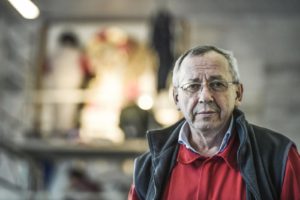
Father Marko Rupnik, recently expelled from the Jesuit order, is pictured in a 2015 photo in Rome. (OSV News/Cristian Gennari, KNA)
In an undated video published on the webpage of the Pontifical Catholic University of São Paulo’s Laboratory of Politics, Behavior and Media — in which there is a research group specifically dedicated to Father Rupnik’s works — Italian-born Bishop Carlos Verzeletti of the Diocese of Castanhal, in the Amazonian Pará state, describes how his friendship with Father Rupnik resulted in his coming to Brazil.
They first met in 2000, when Bishop Verzeletti was in Rome and read one of Father Rupnik’s books. He was fascinated by the now ex-Jesuit’s ideas and asked for a personal meeting with him. Bishop Verzeletti ended up receiving authorization to translate all of Father Rupnik’s books into Portuguese. He said that 13 of them have already been released in Brazil.
In 2005, Bishop Verzeletti told Father Rupnik that a cathedral was being built in Castanhal, and the priest told him he would produce a mural for it. In 2009, he came for a 24-hour visit to the cathedral and began to produce sketches after that. The mosaic was built in 2014 and in 2017.
With Bishop Verzeletti’s help, Father Rupnik agreed to take part in the bishops’ conference meeting on sacred art in Curitiba in 2017.
“The Redemptorist priests of Aparecida asked me to intermediate it (his work in the shrine). It took me a lot of effort and talks till I persuaded him to accept such a great challenge,” Bishop Verzeletti confirmed in the video.
He said that Archbishop Orlando Brandes of Aparecida “got very excited as well.” Archbishop Brandes declined to talk to OSV News about the matter. Bishop Verzeletti never answered OSV News interview requests.
Daniel Seidel, a lay Catholic who heads the Brazilian bishops’ conference’s Justice and Peace Commission, told OSV News that “it’s rather negative that there is no debate concerning Rupnik’s intervention in Aparecida.”
“Brazilians don’t have information about that problem, as if only the sanctuary’s rector was responsible for making that decision,” he said.
Seidel argued that before asking whether the murals should be removed or not, Catholics, especially Aparecida’s devotees, should be adequately informed about the controversy.
“For us Catholics, esthetic matters are not dissociated from ethical and moral ones. For ecclesial abuse victims, it’s terrible that we’re not even talking about that,” he added.
The Justice and Peace Commission has been working to assist clergy abuse victims on many occasions, giving them support and legal guidance. It also is giving orientations on addressing abuse in the church to dioceses all over the country.
“Unfortunately, the Brazilian church still responds very timidly to Pope Francis’ demands concerning the adequate handling of abuse,” he lamented.
Unlike other countries, where associations of clerical abuse victims have been consolidated and are now taking the lead in the debate on Father Rupnik’s murals, Brazil still doesn’t have strong organizations that represent survivors.
A few years ago the organization Cicatrizes da Fé (Scars of Faith in Portuguese) was created by lawyer Guilherme Dudusand and a colleague in order to help clergy abuse victims. The association is still on its way to becoming a formal entity, but it already assists 40 victims.
“I think that implanting Rupnik’s murals in Aparecida is an outrage for all abuse victims. Those mosaics should be taken out of the shrine and destroyed,” Dudus told OSV News.
He thinks Centro Aletti, which is based in Rome, should give the money it received back to the sanctuary and that such resources should be invested in projects to help abuse victims and Brazilian religious artists.
“Aparecida came to us in great simplicity. We don’t need to decorate her shrine with mosaics made by an abuser,” said Dudus, also a devotee of Aparecida.
Massimi agrees. She thinks the money invested in the murals should be given back to the devotees who donated it.
“It’s about time to promote a campaign to put pressure on the Redemptorists. They are not the owners of the shrine, they’re its guardians,” she concluded.
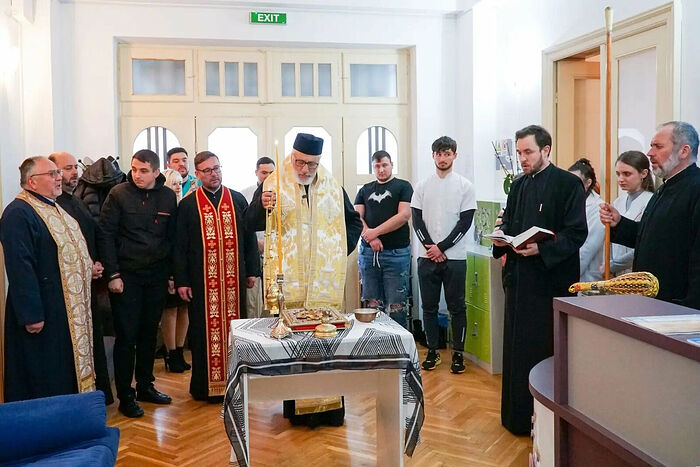
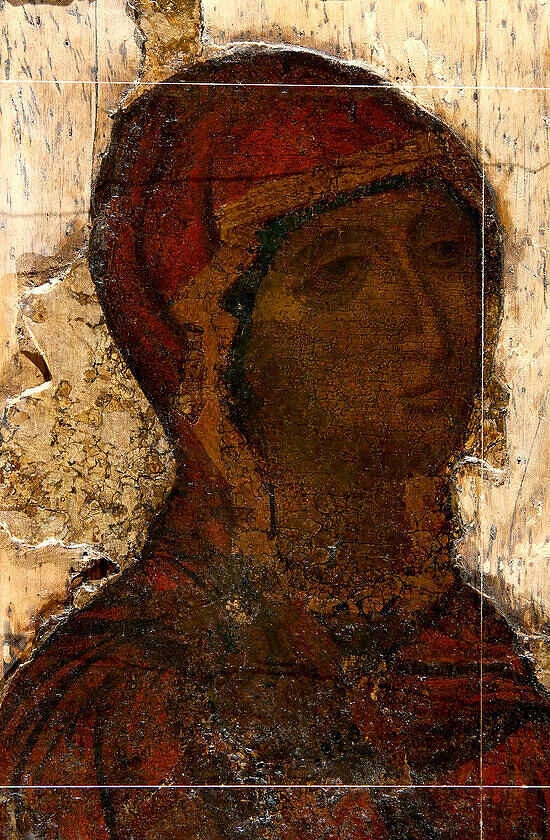
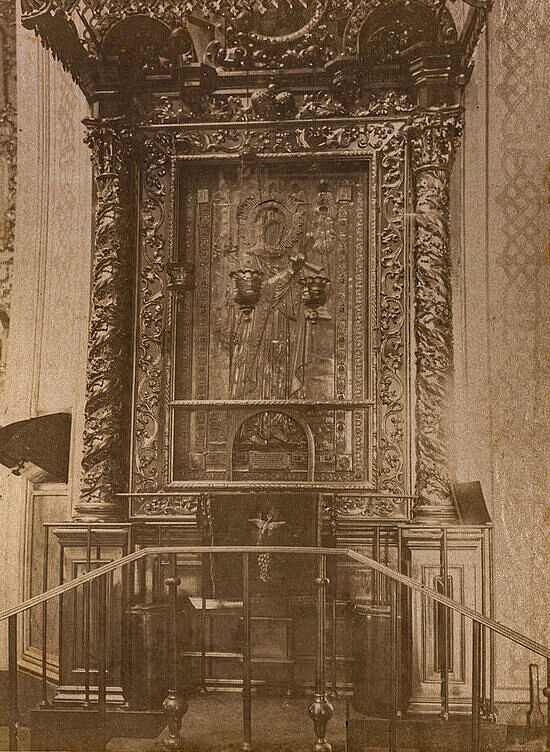
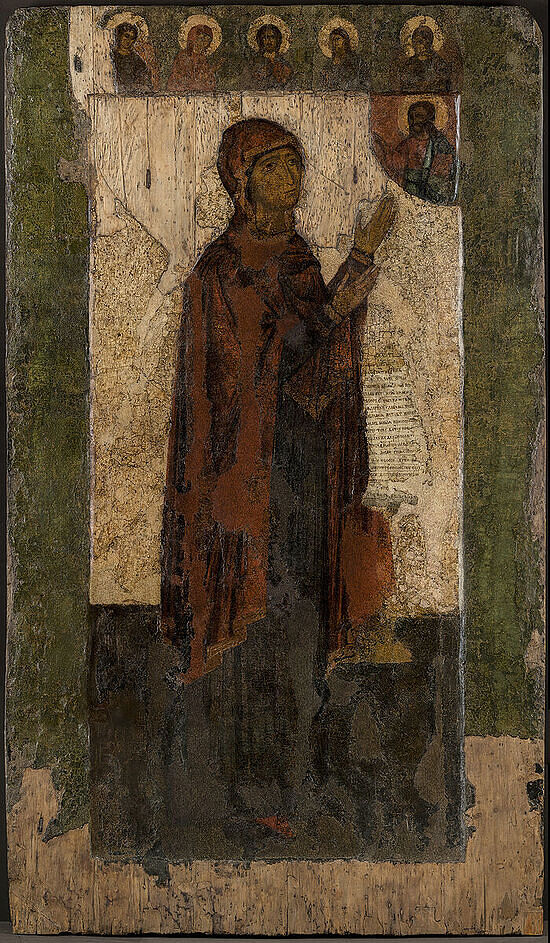

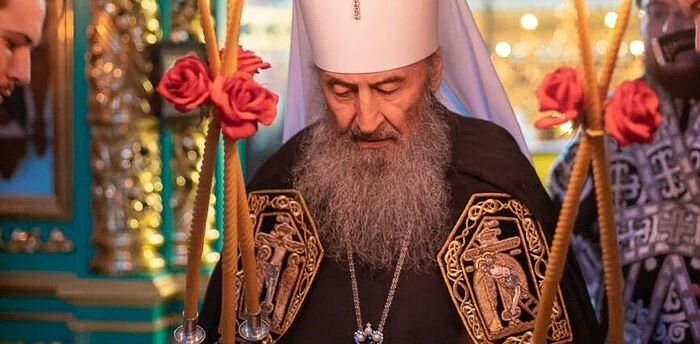
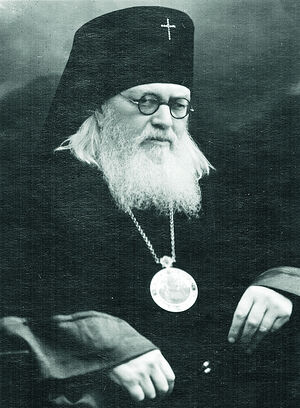
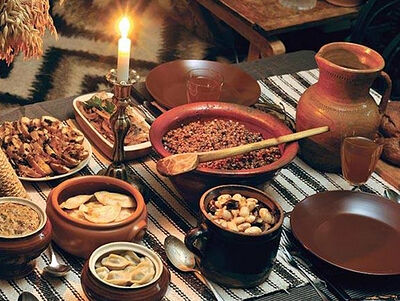 The Meaning and Significance of FastingFasting is a necessary means for success in the spiritual life and for attaining salvation; for fasting—depriving the flesh of excessive food and drink—weakens the force of sensual drives.
The Meaning and Significance of FastingFasting is a necessary means for success in the spiritual life and for attaining salvation; for fasting—depriving the flesh of excessive food and drink—weakens the force of sensual drives. St. John Cassian’s Institutes: On VaingloryHow our seventh combat is against the spirit of vainglory, and what its nature is.
St. John Cassian’s Institutes: On VaingloryHow our seventh combat is against the spirit of vainglory, and what its nature is. Repentance is the Second VictoryWe constantly recall the words of the saints, that it is greater to see your sins than to see angels. Why is it greater?
Repentance is the Second VictoryWe constantly recall the words of the saints, that it is greater to see your sins than to see angels. Why is it greater?